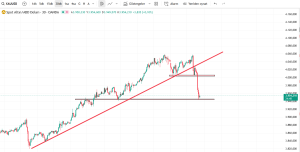Earned Income Tax Credit (EITC): Definition and How to Qualify
What Is the Earned Income Tax Credit (EITC)? The Earned Income Tax Credit (EITC or EIC) is a refundable federal tax credit for low- and moderate‑income workers and families. It reduces tax liability dollar‑for‑dollar and can produce a refund when the credit exceeds the taxpayer’s tax bill. The credit’s size depends on earned income, filing ... Read more


